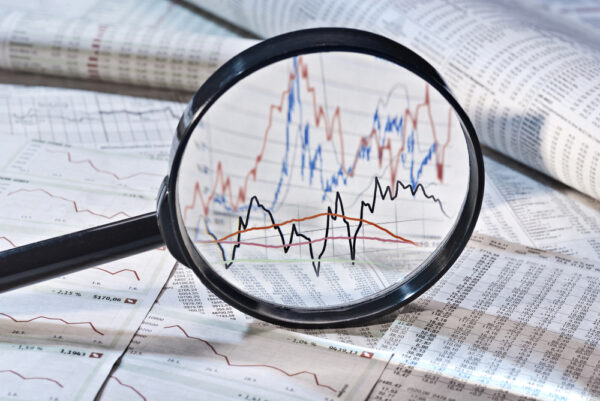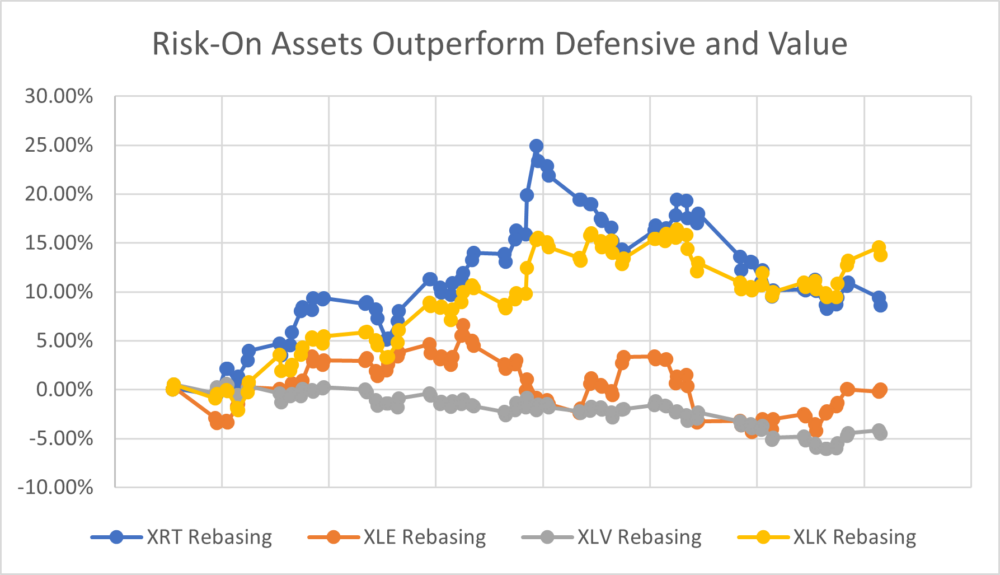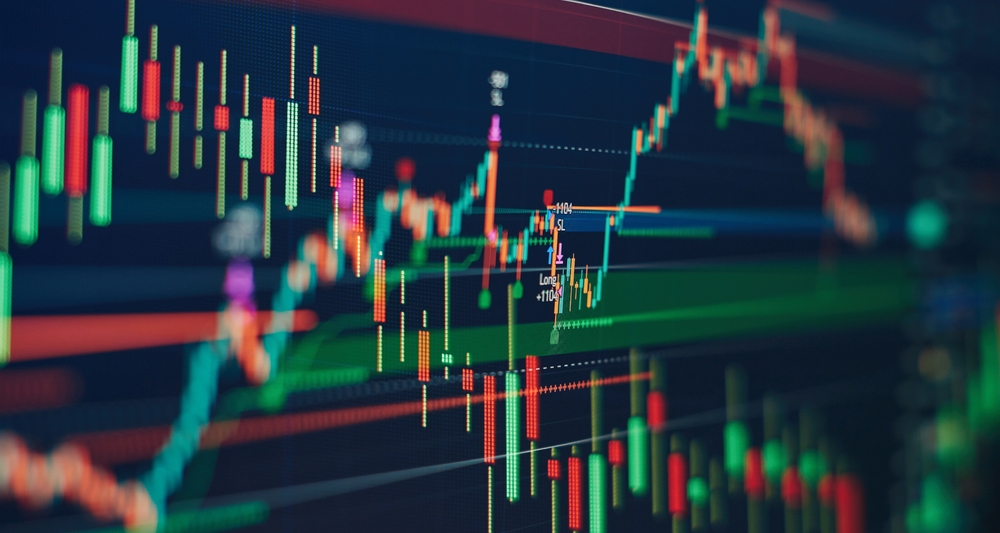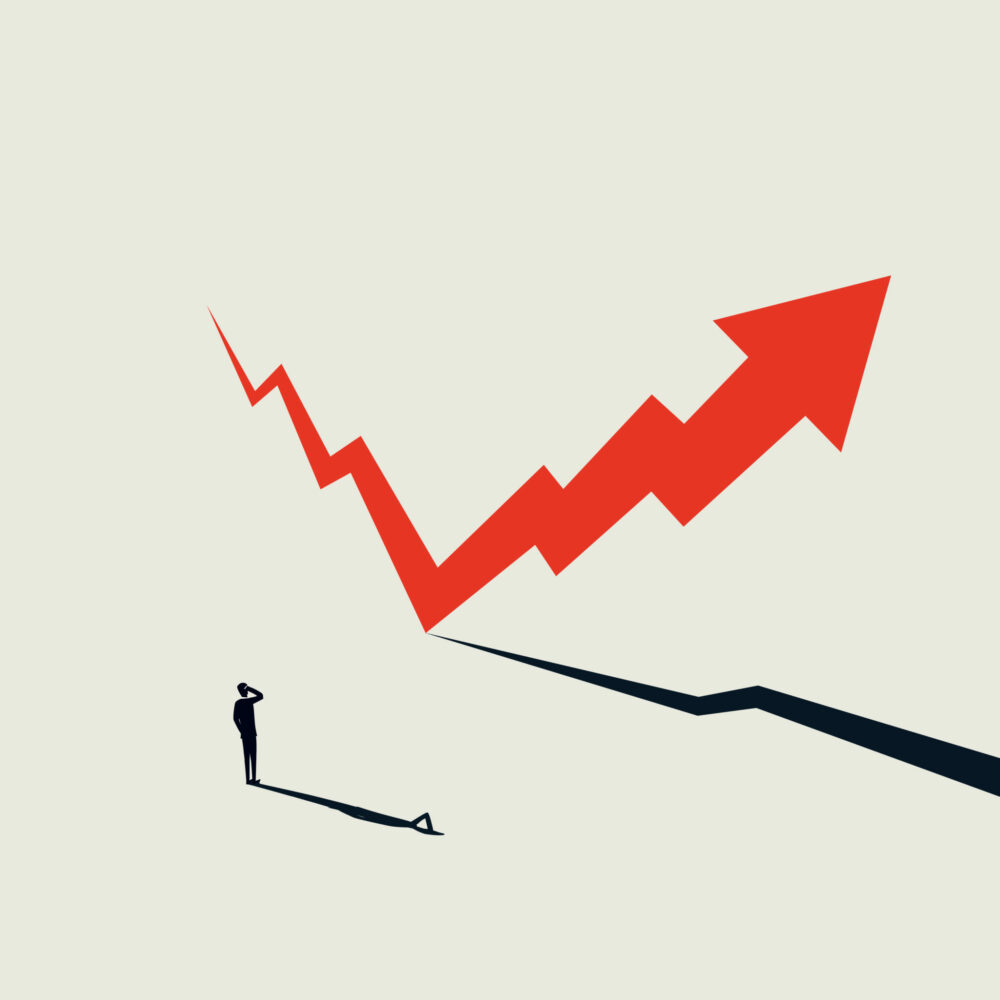Author: Tim Sharp
Researcher: Jack Williams
Published: April 6, 2023
This week in the stock market has sent several mixed messages further fuelling asset class rotation by investors once again amidst this volatile market environment.
This week, US private sector job data surprised to the downside, indicating the possibility of a potential slowdown within the U.S economy. Private sector payrolls came in at 145,000, more than 20% below the Dow estimates of 210,000 and more than 115,000 payrolls less than the prior month of February’s upwardly revised reading of 261,000.
This data takes the average of monthly payrolls down to 1745,000 jobs/month, compared to 216,000 in the 4th quarter and more than half of Q122’s average of 397,000 jobs/month.

March’s payroll data is one of several currently flashing signals, indicating the growing potential of a slowdown in the US economy. Other signals such as warn notices (which typically tend to lead unemployment claims by 4-6 weeks) have seen a sharp uptick in recent weeks indicating the possibility of a passthrough to unemployment claims.
Combining recent unemployment data with PMI (Purchasing Manger Index) readings, which consider new orders, output, employment, delivery times and inventory levels within the manufacturing sector paints a less than enthusiastic picture with PMI’s remaining below the crucial level of 50 which is seen as a ‘breakeven’ level, where manufacturing is stable, readings over 50 indicate expansion, whilst under 50 equals contraction.

In contrary to the U. S’s growing recessionary prospects, oil has risen once again this week, buoyed by voluntary output cuts from OPEC+ members this week. With oil’s price being driven by supply and demand, supply of available oil vs the demand for the usage of that oil. When economies tip into recessionary territory, this normally leads to a sell off in the oil price as investors assume there would be lesser trips, deliveries, travel, and manufacturing needs for oil with an economy in a recession compared to a boom period where manufacturing, travel, and similar oil heavy sectors would be looking expand their activities.
Looking to get ahead of this potential price slump and stabilise the price of the commodity, OPEC+ members have voluntarily chosen to cut production outputs this week by a further 1.15m barrels-per-day (BPD), with Saudi Arabia leading the charge with a cut of half a million barrels daily starting from May. Iraq will follow suit, reducing output by around 211,000 bpd, while UAE will cut -128,000 bpd, Oman -40,000 bpd, Algeria -48,000bpd, Kazakhstan -78,000 bpd. These cuts feature alongside Russia’s 500k bpd cut previously announced in February.

Many investors will wonder though if the voluntary cut from OPEC+ member could be in retaliation to Biden and the States’ stance on oil pricing, arguing the world needs to lower prices to support economic growth and prevent Putin from earning revenue to fund his war on Ukraine.
Interestingly this has reignited the debate on oil pricing along the same timeline as the US Recession debate comes to the forefront once again, with the two ever seemingly linked.
Will the U.S tip into a fully fledged recession, achieve a soft landing or dip their toe into recessionary territory before stabilising once again, or should investors be looking at commodities like oil where supply restrictions can at least for the time being, bolster pricing power for suppliers/producers. This all becomes much more complicated to predict considering the historically rapid pace of rate rises employed by the Fed and how much lag there is from interest hikes to the knock-on effects taking place in the economy.
Sources:
Charts: RefinitvData, Variant Perception Research, RefinitivData
https://www.investing.com/economic-calendar/manufacturing-pmi-829
https://tradingeconomics.com/united-states/manufacturing-pmi
https://www.cnbc.com/2023/04/05/adp-march-2023.html
https://www.cnbc.com/2023/04/04/jolts-february-2023-.html
https://www.cnbc.com/2023/04/04/jolts-february-2023-.html
https://www.barrons.com/articles/companies-capex-stocks-32aad443?mod=hp_LEAD_1




































 Source: Hottinger Investment Management / Refinitiv Datastream
Source: Hottinger Investment Management / Refinitiv Datastream
 Source: Hottinger Investment Management / Refinitiv Datastream
Source: Hottinger Investment Management / Refinitiv Datastream